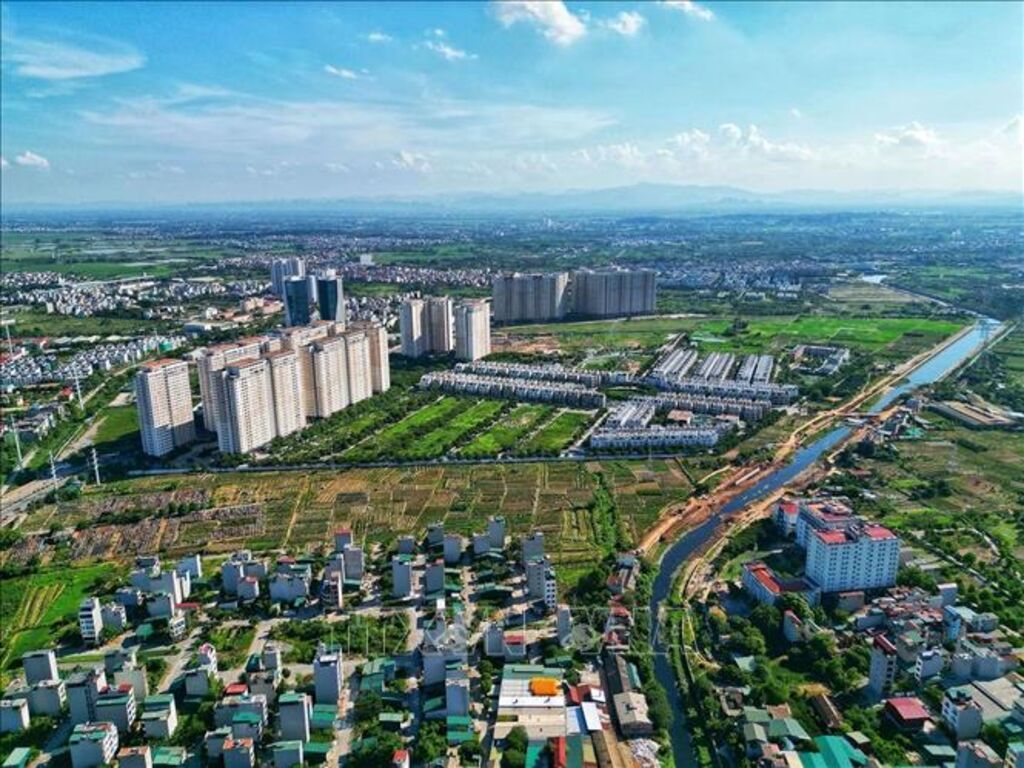
Many innovations have been incorporated into the draft Resolution of the National Assembly stipulating a number of mechanisms and policies to remove difficulties and obstacles in organizing the implementation of the Land Law such as: removing the land price framework, increasing transparency, promoting decentralization to localities, ensuring harmony of interests between the State, people and businesses.
One of the first five bottlenecks named by experts is the lack of compatibility between the land planning system and the two-level local government model (provincial - grassroots level) when this model starts operating from July 1, 2025. While the 2024 Land Law still maintains the provisions on "district-level land use planning and planning", the current government organization model in centrally-run cities or special administrative- economic units has operated according to the two-level urban government.
This leads to inadequacies in authority and consistency in planning approval, causing the implementation process to be interrupted or prolonged. According to Dr. Nguyen Dinh Tho - Deputy Director of the Institute of Strategy and Policy on Agriculture and Environment ( Ministry of Agriculture and Environment ), the Law needs to be adjusted so that land use planning can be integrated into the overall urban development planning and resource use planning at the grassroots level. Otherwise, localities will be confused in implementation and supervision.
The delay in adjusting planning regulations to suit the two-tier government model not only affects the feasibility of the Law, but also causes many localities to “wait for instructions”, blocking the flow of investment. Therefore, it is necessary to soon have a unified guidance resolution to avoid planning becoming the first “institutional bottleneck” in the chain of implementing the new Land Law.
The second bottleneck identified is that the land auction and bidding mechanism still has many shortcomings, which are not favorable for investors. The purpose of land allocation and leasing through auction and bidding is an important tool to ensure publicity, transparency and prevent group interests. However, the current implementation process is revealing many limitations.
There is no clear guidance on the form of land lease with annual payment for land funds managed by the State. Some localities reflect the situation of "not knowing which solution to apply" when having to ensure budget revenue and support businesses investing in socialized fields.
At the same time, the requirement to have a detailed 1/500 plan before auctioning land is causing difficulties in implementation, especially for mixed-use land or public land interspersed with residential areas. Meanwhile, the form of land lease with annual payment makes it difficult for investors to calculate costs, mortgage and mobilize medium- and long-term capital.
Dr. Can Van Luc - Member of the National Financial and Monetary Policy Advisory Council, commented that the land auction mechanism needs to be more flexible, especially in the initial phase of social infrastructure projects. If it is rigid, it will unintentionally eliminate the motivation of the private sector - the subject that the 2024 Land Law aims to mobilize most strongly. Because the lack of synchronization in auction and bidding regulations and land lease mechanisms not only reduces investment attractiveness but also poses a risk of budget loss.
Therefore, the Government's issuance of Resolution 339/NQ-CP on the draft Resolution of the National Assembly stipulating a number of mechanisms and policies to remove difficulties and obstacles in organizing the implementation of the Land Law, allowing the inheritance of research results in Submission No. 136/TTr-BNNMT of the Ministry of Agriculture and Environment on the Draft Law amending and supplementing a number of articles of the Land Law, is a step in the right direction, but it is necessary to quickly concretize it into a decree guiding implementation so that businesses have a clear legal basis - Mr. Luc commented.
In addition, the land recovery regulations that do not cover development practices and lack flexibility are the third bottlenecks cited by experts. Although Article 79 of the 2024 Land Law is considered to have expanded the scope of land recovery compared to the 2013 Land Law, it still does not cover all projects of strategic and urgent significance.
Specifically, the Law has not clearly stipulated the mechanism for land recovery to create a land fund to pay for BT (build-transfer) projects or to rearrange land for businesses that have to relocate due to environmental pollution... In addition, the regulation that land recovery can only be done after the compensation, support, and resettlement plan is approved causes delays and lacks flexibility for urgent projects.
Regarding this bottleneck, Associate Professor Dr. Nguyen Quang Tuyen, Vice Chairman of the Council of Hanoi Law University, said that the Law needs to have a specific mechanism for key projects, because if we wait for enough administrative procedures, the progress of national strategic infrastructure such as highways, airports, and large industrial parks will be delayed, causing much greater damage than the legal risks that management agencies are concerned about.
This bottleneck also shows that the lack of flexibility in designing land acquisition regulations is hindering infrastructure development - an area that Vietnam is aiming to accelerate. According to experts, the immediate solution is to study a special authorization mechanism for key projects, similar to the mechanism in the Law on Public Investment or the Law on Bidding, to avoid "bottlenecks" in compensation and site clearance.
The fourth bottleneck that needs to be eliminated is the inadequate, unstable land pricing mechanism that causes apprehension among implementers. The 2024 Land Law has eliminated the “land price framework” and switched to a land price table mechanism that is updated annually, reflecting more closely the market price. This is a remarkable step forward, but the current pricing mechanism still has many bottlenecks in practical application.
First of all, the determination of specific land prices depends too much on consulting organizations and market data, while the information system and national land price database are not yet complete, leading to inconsistent valuation results between localities. The surplus method - the main tool for determining project land prices - has not been standardized, causing investment costs to increase, negatively affecting the competitiveness of enterprises.
Dr. Tran Kim Chung, former Deputy Director of the Central Institute for Economic Management, said that if a transparent valuation database is not built, the implementers will always be afraid of making mistakes. As a result, many places "avoid signing", slowing down both public investment progress and urban and industrial park development. This bottleneck is not only a technical issue but also a psychological responsibility in performing public duties. When land prices are linked to financial obligations, any deviation can lead to inspection, examination or criminal liability.
Therefore, the Government needs to soon issue a mechanism to protect those who properly implement the process, while promoting the digitization of land price data, creating a safe legal corridor for localities to dare to act and dare to take responsibility - Mr. Chung proposed.
In addition, the lack of synchronization between the Land Law and related laws in the transitional period is the fifth bottleneck that needs to be resolved. This is also a systemic bottleneck. When the Land Law 2024 is promulgated, a series of other laws will also be amended or supplemented or take effect at the same time, such as the Housing Law 2024, the Law on Real Estate Business, the Law on Bidding, the Investment Law, etc.
However, the compatibility between these laws is still not synchronized, causing confusion in many localities during the transition period. For example, the regulation on receiving the transfer of land use rights to implement commercial housing projects has been adjusted in the Resolution of the National Assembly and the Decree of the Government, but has not been "backed" in time into the guiding documents of the Land Law. Some localities such as Hanoi, Ho Chi Minh City... have reflected the situation of projects "waiting" for the Decree, causing waste of resources.
From a legal perspective, Lawyer Truong Thanh Duc commented: “We have made great progress in amending the Land Law, but if related laws are not amended synchronously, there will still be “laws awaiting laws”, making it difficult for businesses to know what to base their investment procedures on.”
To overcome this bottleneck, the Government has proactively issued Resolution 339/NQ-CP, submitting to the National Assembly for promulgation a separate Resolution on mechanisms and policies to remove difficulties in organizing the implementation of the Land Law. However, for this Resolution to truly take effect, there still needs to be detailed guidance on the transition between old and new regulations, avoiding creating a "legal gap" in the implementation of investment projects - lawyers suggested.
With the five biggest bottlenecks in implementing the 2024 Land Law at the 10th session, the 15th National Assembly is expected to consider and soon issue a specialized Resolution on mechanisms and policies to remove difficulties in organizing the implementation of the Land Law based on proposals from the Government and the Ministry of Agriculture and Environment.
In addition, experts also proposed to review and synchronously adjust related laws (Investment Law, Housing Law, Bidding Law, Construction Law) to unify understanding and implementation procedures. In particular, it is necessary to strengthen the digitization of land data, publicize annual land price lists, create a transparent foundation and reduce legal risks for management agencies. Along with training and protecting those who comply with regulations, encouraging daring to do and daring to take responsibility, it is necessary to promote specific mechanisms for key projects, ensuring the progress of infrastructure, industrialization and urbanization.
The 2024 Land Law will fully play its role if the above bottlenecks are identified and resolved promptly and synchronously. Only then will land truly become a driving force for sustainable development, not a “bottleneck” in the current integration and industrialization process.
Source: https://baotintuc.vn/kinh-te/go-diem-nghen-khoi-dong-chay-nguon-luc-dat-dai-20251117181834749.htm




![[Photo] General Secretary To Lam and National Assembly Chairman Tran Thanh Man attend the 80th Anniversary of the Traditional Day of the Vietnamese Inspection Sector](https://vphoto.vietnam.vn/thumb/1200x675/vietnam/resource/IMAGE/2025/11/17/1763356362984_a2-bnd-7940-3561-jpg.webp)














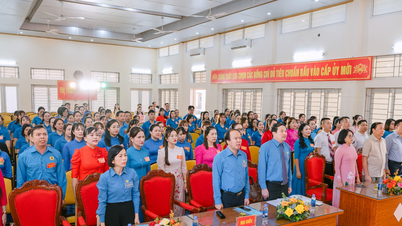
























































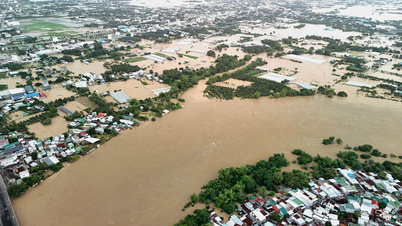













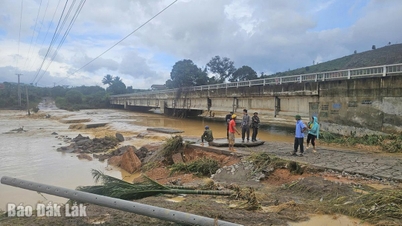


















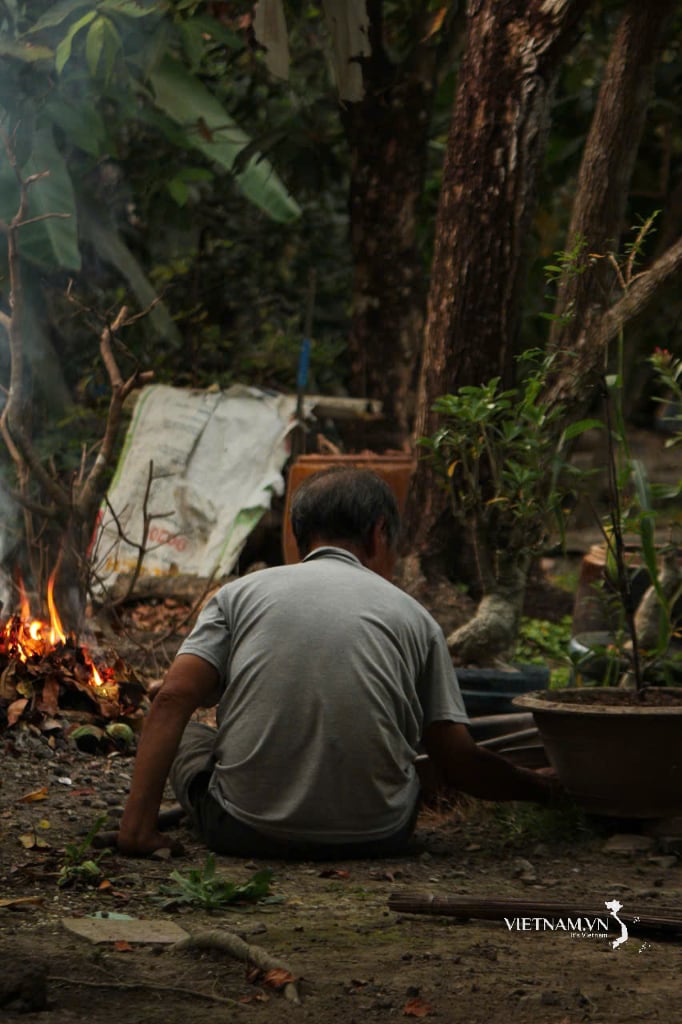
Comment (0)